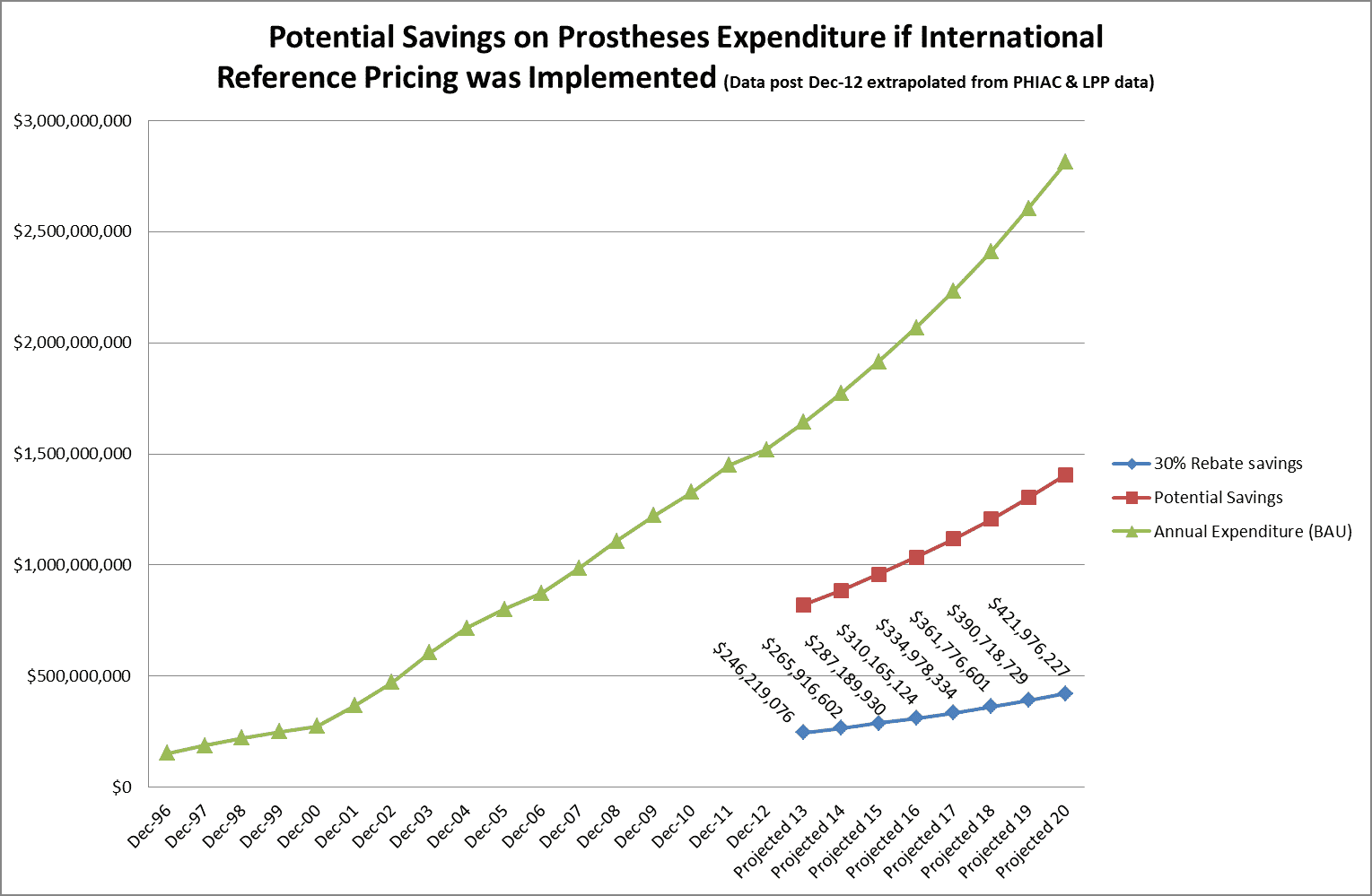Private Healthcare Australia estimates the Australian Government would save $2.6 billion between now and 2020 by reforming prostheses pricing so that Australians paid no more than international consumers.
PHA Chief Executive Dr Michael Armitage said legislated benefits payable for prostheses in Australia were up to five times higher than the prices paid for the same items in comparable economies such as the United States and the United Kingdom.
“In 2011-12 the total benefits paid by health funds for prostheses was $1.5 billion, amounting to around 14% of all benefits paid,” he said.
“Reform of prostheses pricing on this basis would save the Government around $246 million per year instantly from the contributions it makes to premiums through the Private Health Insurance Rebate, with savings reaching around $421 million per year by 2020.
In its submission to the National Commission of Audit, Private Healthcare Australia said that finding ways not only to reduce the cost of healthcare but to improve health outcomes was critical to Australia’s economic future.
“A more efficient health system that delivers higher quality and more appropriate care will ensure a greater proportion of Australians remain in the workforce for longer and fewer are in poor health or require corrective procedures as a result of avoidable system inefficiencies,” said Dr Armitage.
He said the reform of prostheses regulation and pricing was one of a number of solutions identified by Private Healthcare Australia which would improve patient outcomes and quality of life; increase the safety and quality of healthcare; and reduce Commonwealth expenditure on healthcare.
The above graph tracks prostheses benefits to date in Australia. The green line shows how prostheses benefits in Australia would increase to 2020 based on the current pattern of increased utilisation only and assuming that benefits do not increase. Continued growth in prostheses expenditure at this rate would lead to significant rises in premiums, impacting not only privately insured Australians but also the Federal Government through the Rebate.
The red line shows the potential savings in Australian prostheses benefits if these were aligned with the benefits paid in France for the same prostheses. These estimates are based on conservative estimates for identical ICDs, pacemakers and coronary stents.
The blue line estimates potential savings in Federal Government expenditure on the Australian Government Rebate, assuming the Government pays 30% of the cost of each prosthesis.
Media contact: Jen Eddy 02 62021000

